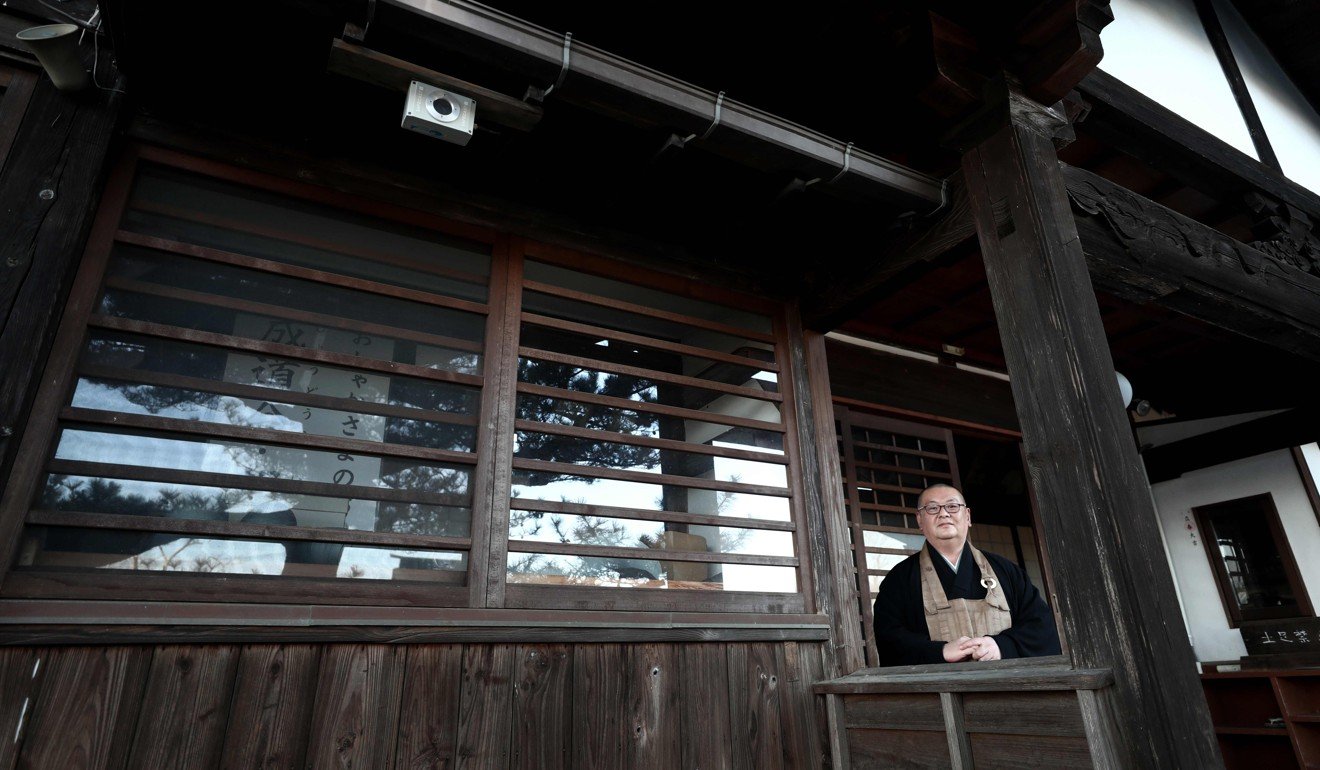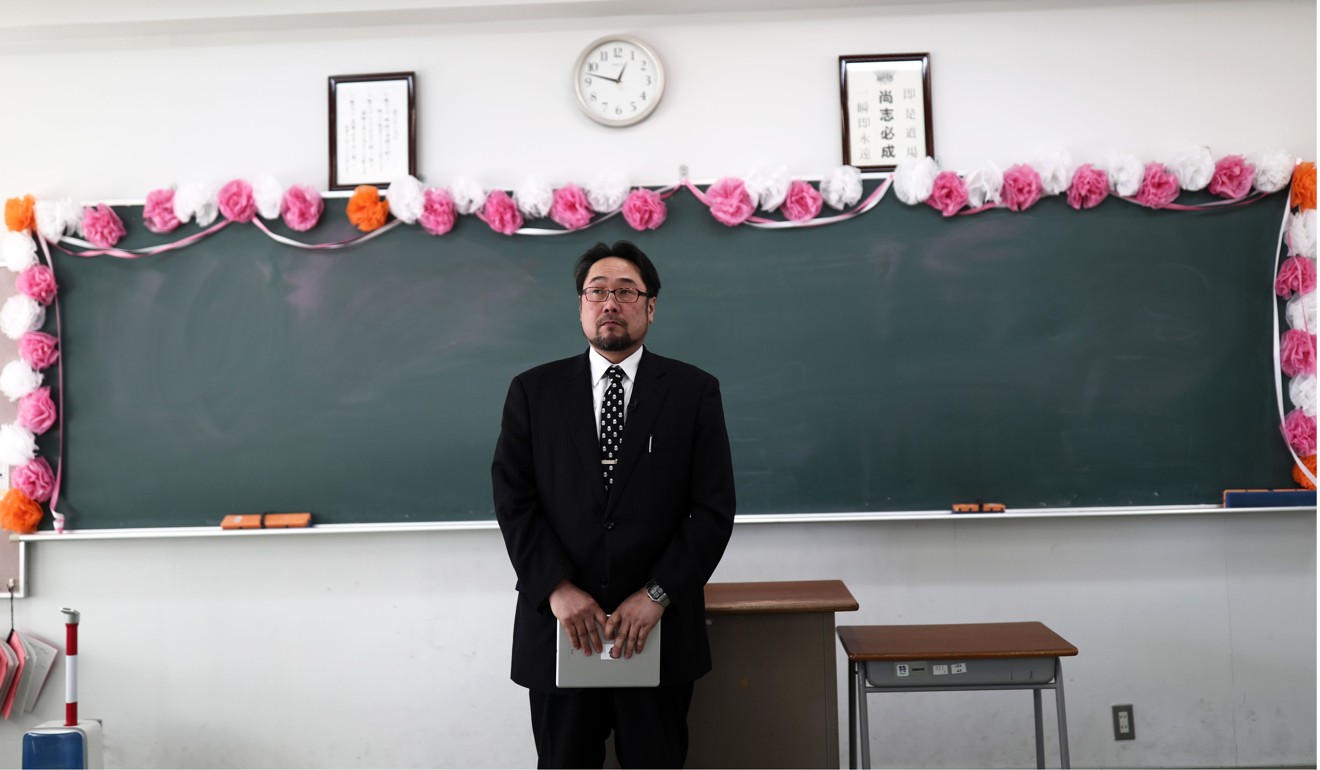
Science students track radiation seven years after Fukushima
Home-made Geiger counters are being used to monitor areas affected by the nuclear disaster, as locals have lost faith in the government’s safety measures
Beneath the roof on the Seirinji Buddhist temple in Japan’s Fukushima region hangs an unlikely adornment: a Geiger counter collecting radiation readings.
The machine sends data to Safecast, an organisation created after the March 2011 Fukushima nuclear disaster that says it has built the world’s largest radiation data set, thanks to the efforts of citizen scientists like Seirinji’s priest Sadamaru Okano.

Like many Japanese, Okano lost faith in the government after the nuclear meltdown seven years ago.
“The government didn’t tell us the truth, they didn’t tell us the true measures,” he said.
Okano was in a better position than most to doubt the government line, having developed an amateur interest in nuclear technology two decades earlier after the Chernobyl disaster.
He started measuring local radiation levels in 2007, so when the disaster happened, he had baseline data.
“The readings were so high … 50 times higher than natural radiation,” he said of the post-disaster data. “I was amazed … the news was telling us there was nothing, the administration was telling us there was nothing to worry about.”

That lack of trustworthy information was the genesis of Safecast, said co-founder Pieter Franken, who was in Tokyo with his family when the disaster hit.
Franken and several friends gathered data by attaching Geiger counters to cars and driving around.
“The system to do that didn’t exist and the only way to solve that problem was to build it ourselves,” he said. “So that’s what we did.”
Within a week, the group had a prototype and began getting readings that suggested the 20km (12 mile) exclusion zone declared around the Fukushima plant had no basis in the data, Franken said.

In some cases, “evacuees were sent from areas with lower radiation to areas with higher radiation”, he said.
The zone was redrawn, but for many local residents it was too late to restore trust in the government.
Okano sent his mother, wife and son away while he stayed with his flock.
But a year later, based on his own readings and after decontamination efforts, he brought them back.
He learned about Safecast’s efforts and in 2013 installed one of their static counters on his temple, in part to help reassure worshippers.
“I told them: we are measuring the radiation on a daily basis … so if you access the [Safecast] website you can choose [whether you think] it’s safe or not.”

In Koriyama, 40km away, Norio Watanabe’s teenage pupils have been building basic versions of Safecast’s Geiger counter. The girls pored over instructions on where to place diodes and wires.
Watanabe has been a Safecast volunteer since 2011, and has a mobile Geiger counter in his car.
In the days after the disaster, evacuees flocked to Koriyama, which was outside the evacuation zone, so he assumed his town was safe.
“But after I started to do the measurements, I realised there was a high level of risk here as well,” he said.

He sent his children away, but stayed behind to look after his mother, a decision he believes may have contributed to him getting thyroid cancer.
“As a scientist, I think the chance that it was caused by the Fukushima accident might be 50-50, but in my heart, I think it was likely [to be] the cause,” he said.

.png?itok=arIb17P0)